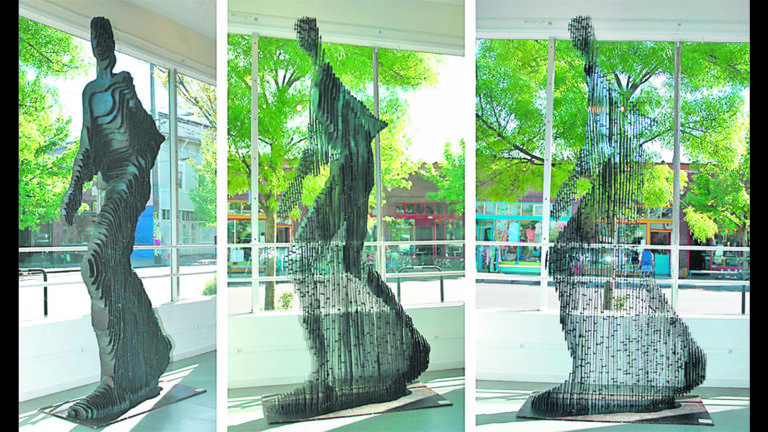Perhaps the most important thing that quantum mechanics contributes to popular culture is multiverse theory.

This idea can be traced back to the 1957 interpretation of many worlds of Hugh Everett III quantum mechanics.
To put it from the perspective of Schrodinger’s cat, when the box opens, there is an universe in which the cat is dead and another universe in which the cat lives.
Real-world riders to this means this is only possible with Quantum – In other words, micro-scale. But almost every fictional multiverse, from the Marvel Cinematic Universe to Terry Prachett’s discworld, brings out the concept of the multiverse that Everett first came up with.
How else did quantum mechanics permeate popular culture?
science fiction

Quantum mechanics was the godsend of this genre. It was used to “explain” everything from spacecraft to time travel (often with a single phrase that is not further elucidated).
The Star Trek Universe imagines a version of space screwed in a quantum slipstream. A vessel with the right technology can “enter the stream” and ride faster than light.
Doctor Who’s Taldis (size relative to space time) is a spacecraft and time machine that allows you to navigate the fabric of spacetime through quantum tunnels.
Spacecraft traversing the SCI-FI Universes will unfold “Warp Drives” to bend space-time itself, making nearby jumps across the Star System.
Perhaps my favourite is the gold centre of Douglas Adams’ hitchhiker galaxy guide, due to its pure audacity. This container moves very differently using drives of infinite impossibility. It doesn’t move the space at all. Instead, they calculate all possible quantum states in the universe and “select” where they are already at the desired destination (often with very mixed results).
art

Salvador Dali’s “The Decay of the Persistence of Memory (1954) reflects his interest in the fragmentation of matter and the collapse of classical reality inspired by his deep interest in atomic theory and quantum physics.
Julian Voss-Andreae’s Quantum Man (2011) is a sculpture of a human figure that is clearly visible from one angle, but dissolves into an abstract shape from another angle, symbolizing the duality of wave particles in quantum mechanics.
Ikeda’s The Planck Universe (2015) is a multimedia installation that explores the scale of the universe from quantum to space using data visualization and sound.
Carlo Bernardini’s quantum space (2010) uses optical fibers to create three-dimensional optical structures that evoke the stochastic properties of quantum particles.
music
Music on the Frontier of Quantum: Science of Science is a 90-minute concert that expresses the intertwining, superposition and uncertainty of quantum mechanics using fragments of classical composition. Composed by Kitchener Waterloo Symphony Orchestra and music director Edwin Out Water, and with the help of the University of Waterloo Quantum Computing Institute, Mozart’s Symphony No. 29 is a work that fuses with a tone of discrepancies from John Cage’s composition. The narrative voice provides minimal but useful clues in short interludes. The concert was first performed in 2012.
For evolving readers who want more than just news
Subscribe now to unlock this article, access exclusive content and stay ahead
e-paper | Expert Analysis and Opinions | Geopolitics | Sports | Games



